Managing Fixed Assets Depreciation can be annoying for accountants especially when the organisation has a huge number of assets with different depreciation methods. in the following article, we will explore the different depreciation methods available in iXERP, and how iXERP will help ease the process from asset purchase to disposal or sales.
Depreciation is the method of allocating costs to the appropriate period. Although accountants have to follow generally accepted accounting principles (GAAP) for financial statement reporting purposes, they have different allowable methods to consider.
Three of the fixed assets depreciation methods are based on time: straight-line, declining-balance, sum-of-the-years’ digits and One-Time. Here’s a brief explanation of each method:
- Straight-line: This method spreads the cost of the fixed asset evenly over its useful life.
- Declining-balance: An accelerated method of depreciation, it results in higher depreciation expense in the earlier years of ownership.
- Sum-of-the-years’ digits: Compute depreciation expense by adding all years of the fixed asset’s expected useful life and factoring in which year you are currently in, as compared to the total number of years.
- One-Time: This method depreciate the product one time at the end of its depreciation period as 100% value on the defined depreciation date.
The straight-line depreciation method:
When using the straight-line method, the salvage value reduces the depreciable base. Assume that you purchased a computer for 3,000 GBP. Salvage value is 300 GBP. The cost of the computer (3,000 GBP) minus its salvage value (300 GBP) gives you a depreciable base of 2,700 GBP.
The expected useful life is 5 years. So depreciation expense for the computer is 2,700 / 5, or 540 GBP depreciation expense per year for each of the five years. Book value at the end of year 5 is the salvage value of 300 GBP.
The declining-balance depreciation method:
Don’t deduct salvage value when figuring the depreciable base for the declining balance method. But do limit depreciation so that, the asset’s net book value is the same as its estimated salvage value.
You compute cost and salvage value for the asset the same as with the straight-line method. For your rate, you use a multiple of the straight-line rate.
Going back to the previous example, the straight-line rate is 20 per cent. Well, because the computer has a useful life of five years, shown as a percentage, the straight-line rate is 1/5, or 20 per cent per year.
To use the double declining-balance method shown in the figure, the multiplier is 2, so the double-declining rate is 40 per cent (20% x 2).
The sum-of-the-years’ digits:
With this method, you come up with a depreciation fraction using the number of years of useful life. The computer in the previous example has a useful life of five years. Add (5 + 4 + 3 + 2 + 1 = 15) to get your denominator for the rate fraction. In year 1, your multiplier is 5/15 (1/3); in year 2, the multiplier is 4/15; and so on.
- You subtract the estimated salvage value from the cost (3,000 – 300 = 2,700).
- The first year, the depreciation expense is 900 ([2,700 x 5] / 15).
- In the second year, the depreciation expense is 720 ([2,700 x 4] / 15).
- For year 3, the depreciation expense is 540 ([2,700 x 3] / 15).
- Year 4 is 360 ([2,700 x 2] / 15).
- Year 5 is 180 (2,700 / 15).
The one-time method:
This method doesn’t consider time in the equation, it depreciate the full value of the product at the end of its life which a 100% of the computer value in a specific date, which makes the book value to Zero after depreciation.
